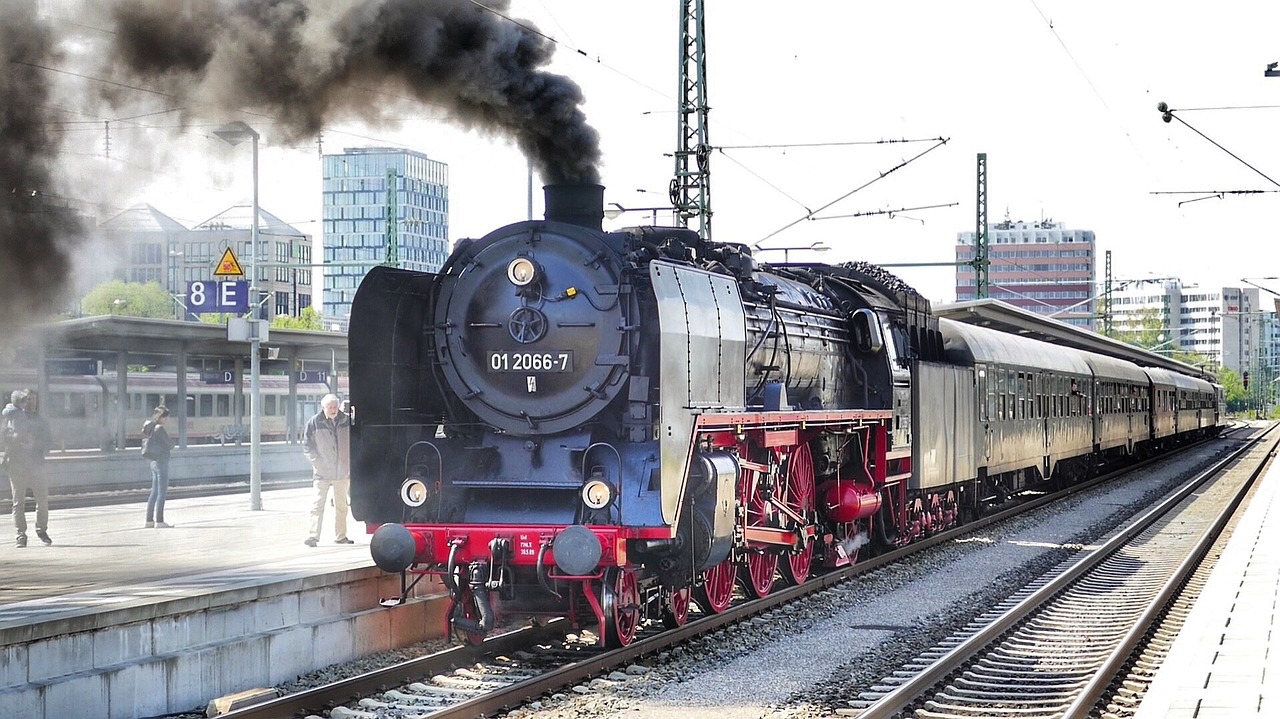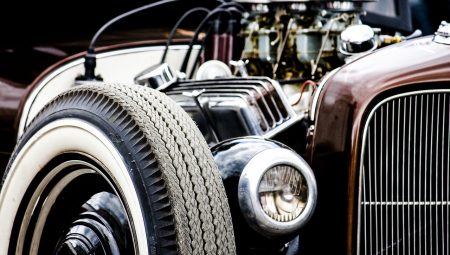Engine mount failure can be a serious issue for vehicle owners, leading to costly repairs and safety hazards. Understanding the common causes and symptoms is essential for maintaining your vehicle’s health. Engine mounts are designed to hold the engine in place while absorbing vibrations, ensuring a smooth ride. However, factors such as wear and tear, harsh environmental conditions, and improper installation can lead to their failure. By recognizing these issues early on, you can take proactive steps to prevent problems and enhance your vehicle’s longevity. Regular inspections, quality replacements, and proper installation are key to keeping your engine mounts in top shape.
Understanding Engine Mounts
Engine mounts play a vital role in your vehicle’s performance and comfort. These unsung heroes are designed to secure the engine to the vehicle frame, effectively absorbing vibrations and maintaining proper alignment. Imagine driving a car without these mounts; it would be like trying to balance a bowl of soup while running—a messy disaster!
The materials used in engine mounts can significantly impact their durability and performance. Typically made from rubber or polyurethane, they are engineered to withstand the constant stress of engine vibrations and temperature fluctuations. However, over time, even the toughest mounts can wear down, leading to potential issues.
Understanding the structure of engine mounts can also help you appreciate their importance. They consist of several components, including:
- Rubber Insulators: These absorb vibrations and provide cushioning.
- Metal Brackets: These secure the mount to the engine and frame.
- Fluid-filled Designs: Some mounts use hydraulic fluid to enhance vibration absorption.
In summary, engine mounts are essential for a smooth ride and engine stability. Regular maintenance and awareness of their condition can prevent costly repairs down the road. So, next time you hear a strange noise from your engine, it might just be the mounts asking for some attention!
Common Causes of Engine Mount Failure
Engine mount failure can be a real headache for vehicle owners, and understanding the common causes is the first step in prevention. One of the primary culprits is wear and tear. Just like your favorite pair of shoes, engine mounts experience constant stress from vibrations and heat over time, leading to deterioration. Regular inspections are key to catching these issues before they escalate.
Another significant factor is environmental conditions. Extreme temperatures and humidity can wreak havoc on engine mounts, causing them to degrade faster than expected. Think of it as a plant wilting in the sun—without the right conditions, it simply can’t thrive. Choosing the right materials for replacement can mitigate these effects.
Lastly, improper installation can lead to misalignment and premature failure. It’s crucial to follow manufacturer guidelines because, much like assembling a piece of furniture, one wrong step can lead to disaster. Always consider seeking professional help to ensure everything is aligned correctly and securely.
Wear and Tear
Engine mounts are like the unsung heroes of your vehicle, quietly working behind the scenes to keep everything in place. However, just like any hardworking component, they are susceptible to worn-out conditions over time. The constant vibrations and heat generated by the engine can take a toll, leading to deterioration that might go unnoticed until it becomes a serious issue. It’s crucial to understand that this wear and tear is not just a minor inconvenience; it can lead to significant mechanical problems if left unchecked.
Regular inspections are key to catching these issues early. Look for signs such as:
- Cracks in the rubber or metal components
- Fluid leaks around the mount area
- Excessive movement of the engine during acceleration
By staying proactive with maintenance, you can save yourself from a costly repair down the road. Think of it like changing the oil in your car; neglecting it can lead to engine failure. Similarly, keeping an eye on your engine mounts can ensure your vehicle runs smoothly and safely for years to come.
Environmental Factors
Environmental factors play a significant role in the longevity and performance of engine mounts. Extreme temperatures, both hot and cold, can cause materials to expand and contract, leading to cracks or weakening over time. Additionally, high humidity levels can accelerate corrosion, especially in metal components. Consider the following environmental impacts:
- Temperature Extremes: High heat can cause rubber mounts to degrade, while frigid temperatures can make them brittle.
- Moisture: Prolonged exposure to water or humidity can lead to rust and deterioration.
- Road Conditions: Driving on rough terrains can increase stress on engine mounts, exacerbating wear.
Understanding these factors is crucial when selecting replacement engine mounts. Choosing materials that are resistant to these harsh conditions can significantly improve durability and performance. For instance, opting for mounts made from high-quality rubber compounds or reinforced materials can provide better protection against the elements. Ultimately, being proactive about environmental influences can save you from costly repairs down the road.
Improper Installation
Improper installation of engine mounts can lead to a cascade of problems that may compromise your vehicle’s performance and safety. When engine mounts are not aligned correctly, they can cause excessive vibrations that reverberate through the entire vehicle, making your ride uncomfortable. Moreover, misalignment can result in uneven wear on other components, leading to costly repairs down the line.
It’s crucial to follow the manufacturer’s guidelines during installation. This includes using the right tools and ensuring that all bolts are torqued to the specified settings. Even the smallest oversight can lead to major issues. For instance, if the mounts are too tight, they can crack under stress, while loose mounts might allow the engine to shift, causing additional damage.
To avoid these pitfalls, consider the following tips:
- Always consult the vehicle’s service manual for specific installation instructions.
- Use quality parts that meet or exceed OEM standards.
- If unsure, seek professional help to ensure a proper installation.
By taking these precautions, you can significantly reduce the risk of engine mount failure due to improper installation, ensuring a smoother and safer driving experience.
Signs of Engine Mount Failure
Recognizing the symptoms of engine mount failure is crucial for maintaining your vehicle’s performance and safety. If you notice excessive vibrations while driving, it might be a sign that your engine mounts are wearing out. Imagine driving over a bumpy road; if you feel every single bump more than usual, it could indicate that the mounts are no longer absorbing vibrations effectively.
Another telltale sign is unusual noises. If you hear clunks or thuds, especially when accelerating or decelerating, your engine might not be securely fastened. These noises can be as alarming as a sudden storm on a clear day, catching you off guard and signaling potential trouble.
Additionally, keep an eye out for engine misalignment. If your engine appears to be shifting or if you notice uneven gaps between the engine and the frame, this misalignment can lead to further complications. It’s like trying to fit a square peg in a round hole—eventually, something’s got to give!
In summary, staying alert for these signs—excessive vibrations, unusual noises, and engine misalignment—can help you address engine mount issues before they escalate into more serious problems. Regular maintenance and timely checks are your best defense against unexpected breakdowns.
Preventive Measures for Engine Mount Longevity
To ensure your engine mounts last as long as possible, regular maintenance is key. Think of it like taking care of your body; just as you wouldn’t ignore persistent aches, you shouldn’t overlook your vehicle’s needs. Schedule routine inspections to check for signs of wear and tear, such as cracks or fluid leaks. This proactive approach can save you from costly repairs down the line.
Additionally, when it’s time to replace your engine mounts, always opt for high-quality parts. Investing in reputable brands can significantly enhance durability and performance. Remember, not all engine mounts are created equal! Choosing the right materials based on your vehicle’s specific requirements can make a world of difference.
Lastly, consider the environmental factors that your vehicle is exposed to. If you live in an area with extreme temperatures or high humidity, your engine mounts may need more frequent checks. Keeping these preventive measures in mind will help you maintain your vehicle’s performance and ensure a smoother ride for years to come!
Regular Inspections
Regular inspections of your engine mounts are essential for maintaining vehicle safety and performance. Think of it like a routine check-up for your car; just as you wouldn’t skip a doctor’s appointment, you shouldn’t overlook the health of your engine mounts. These inspections can help you catch early signs of wear and tear before they escalate into costly repairs or even dangerous situations on the road.
During these inspections, pay close attention to the following key indicators:
- Cracks or Fractures: Look for visible damage on the mounts, as even small cracks can lead to bigger issues.
- Fluid Leaks: Check for any signs of leaking fluids around the mounts, which can indicate deterioration.
- Unusual Vibrations: If you feel excessive vibrations while driving, it’s a strong signal that something might be off.
By staying proactive and scheduling regular inspections, you can ensure that your engine mounts remain in top condition, ultimately prolonging the life of your vehicle and enhancing your driving experience.
Choosing Quality Replacement Parts
When it comes to replacing engine mounts, quality matters. Opting for high-quality parts can significantly enhance your vehicle’s performance and lifespan. Imagine your engine mount as the backbone of your vehicle; if it’s weak, everything else can suffer. So, what should you look for in replacement parts?
First, consider the material. High-grade rubber or polyurethane mounts tend to offer better vibration absorption and durability. Second, research reputable brands that have positive reviews and a history of reliability. You wouldn’t want to gamble with your car’s safety, right?
Moreover, always check for compatibility with your vehicle model. Using parts that are specifically designed for your car ensures a perfect fit and optimal performance. Remember, investing in quality now can save you from costly repairs later. So, think of it as a preventive measure rather than just a replacement.
Frequently Asked Questions
- What are the main causes of engine mount failure?
Engine mount failure can be caused by several factors, including wear and tear from constant vibrations and heat, environmental conditions like extreme temperatures, and improper installation that leads to misalignment.
- How can I tell if my engine mounts are failing?
Common signs of engine mount failure include excessive vibrations while driving, unusual noises from the engine area, and engine misalignment that can affect overall vehicle performance.
- What preventive measures can I take?
To prolong the life of your engine mounts, perform regular inspections to catch wear early, and always choose quality replacement parts when needed. This helps ensure durability and optimal performance.





